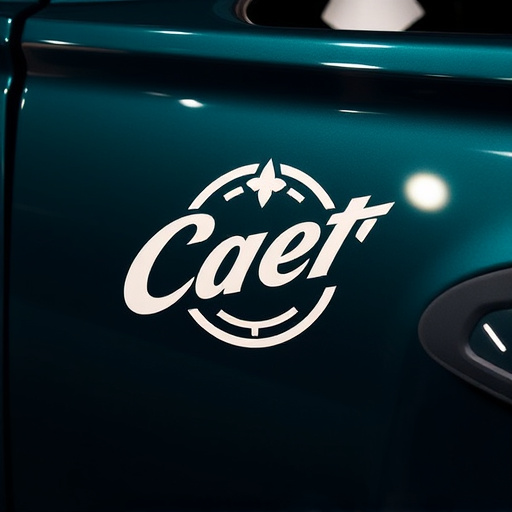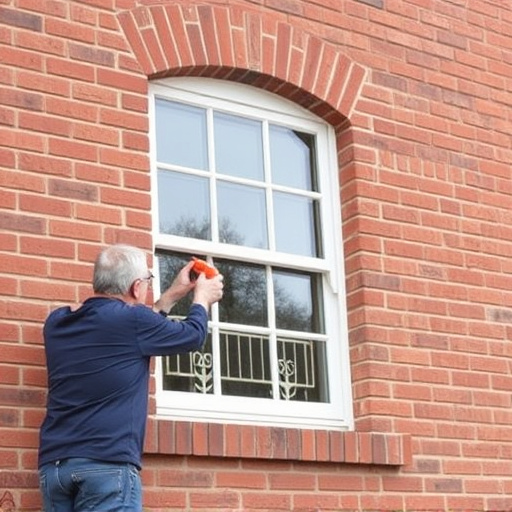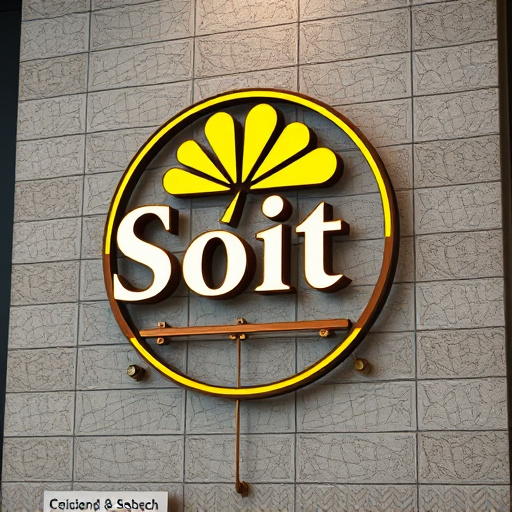In a competitive market, quality workmanship is a powerful tool for brands to enhance their reputation. Through meticulous craftsmanship, like professional PPF installation in cars, brands build trust and loyalty with consumers, who then spread positive word-of-mouth and online reviews. Conversely, poor workmanship damages brand image. To maintain high standards, companies should invest in staff training, advanced technologies, and strict quality control measures, fostering a culture of continuous improvement. This ensures quality across all stages of production or service delivery, ultimately differentiating brands through reliability, durability, and customer satisfaction.
In today’s competitive market, quality workmanship isn’t just a luxury—it’s a strategy. It significantly enhances brand reputation, fostering customer trust and loyalty instantaneously. This article delves into the transformative power of exceptional craftsmanship, exploring its profound impact on brand perception. We’ll uncover actionable strategies to implement and maintain high-quality standards, drawing from inspiring case studies of brands that have excelled through this timeless approach.
- Understanding the Impact of Quality Workmanship on Brand Reputation
- Strategies to Implement and Maintain High-Quality Standards
- Case Studies: Brands That Excelled Through Quality Workmanship
Understanding the Impact of Quality Workmanship on Brand Reputation

In today’s competitive market, quality workmanship is no longer just a desirable trait—it’s a differentiating factor that can instantly enhance a brand’s reputation. When consumers interact with products or services characterized by meticulous craftsmanship, it fosters trust and loyalty, setting the brand apart from its competitors. This is particularly evident in sectors like car customization, where professional PPF (Paint Protection Film) installation serves as a tangible demonstration of expertise, safeguarding vehicle surfaces while improving their aesthetic appeal.
The impact extends beyond individual purchases; positive experiences with quality workmanship can drive word-of-mouth recommendations and online reviews, which are powerful tools for brand promotion. Conversely, poor workmanship can lead to widespread dissatisfaction, damaging the brand’s image. Thus, investing in training, utilizing high-quality materials, and adhering to stringent standards is not just a smart business strategy; it’s an essential step to building and maintaining a robust brand reputation, especially in protective services like vehicle protection.
Strategies to Implement and Maintain High-Quality Standards

Maintaining high-quality standards is paramount to any brand’s success and immediate reputation enhancement. Strategies should focus on consistent training and upskilling of staff, ensuring they understand the importance of meticulous craftsmanship. Implementing quality control measures at every stage of production or service delivery is crucial. For instance, in the automotive industry, custom vehicle wraps or ceramic window tinting can showcase precision and attention to detail, instantly elevating the brand’s image.
Regular audits and feedback sessions can help identify areas for improvement. Utilizing advanced technologies and tools can streamline processes, reduce errors, and ensure consistent high-quality finishes. Moreover, fostering a culture of continuous improvement encourages employees to innovate and adapt, keeping the brand at the forefront of industry excellence.
Case Studies: Brands That Excelled Through Quality Workmanship

In the competitive landscape of modern business, quality workmanship stands as a powerful tool for brands to elevate their reputation instantaneously. Case studies from various industries reveal compelling examples of this principle in action. For instance, consider automotive brands that have built their legacies on meticulous craftsmanship and attention to detail. By implementing superior vehicle enhancement techniques, such as paint correction and the application of protective coatings, they not only ensure every car leaves the factory with a flawless finish but also set a standard for excellence.
This commitment to quality has tangible effects on brand perception. Customers associate these meticulous brands with reliability, durability, and an unyielding focus on customer satisfaction. For example, luxury watch manufacturers have long used intricate craftsmanship as a defining feature, ensuring each timepiece is not just functional but a masterpiece. This dedication to excellence in both design and material selection has fostered a reputation for prestige and longevity, instantly differentiating them from competitors focusing solely on mass production.
Quality workmanship is a powerful tool for brands to enhance their reputation instantly. By implementing and maintaining high-quality standards, companies can significantly impact their market positioning and customer loyalty. The case studies presented demonstrate that exceptional craftsmanship not only elevates brand visibility but also fosters long-term success. As businesses strive for excellence, prioritizing quality workmanship should be at the forefront of their strategies to stand out in a competitive market.














